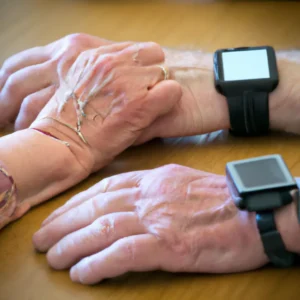Elevate Performance: Use Dance to Combat Anxiety
How Dance Helps Athletes Overcome Performance Anxiety
Athletes often face performance anxiety in various sports. The pressure to excel creates stress, fear, and self-doubt. This anxiety impacts performance, causing increased heart rate, sweating, and mental blocks. Integrating dance into training can effectively manage and overcome performance anxiety. This article explores how dance benefits athletes and provides practical tips for incorporating it into routines.
Understanding Performance Anxiety
Performance anxiety triggers intense fear before competing. It manifests as nervousness, self-doubt, and physical symptoms that hinder performance. The pressure to perform well can overwhelm athletes, creating a cycle of anxiety that diminishes their enjoyment of the sport. Athletes need effective strategies to cope with stress and anxiety.
How Dance Helps Alleviate Anxiety
1. Promotes Body Awareness
Dance enhances body awareness, allowing athletes to connect deeply with their movements. This connection reduces anxiety by shifting focus away from performance outcomes. Athletes can concentrate on movement, rhythm, and expression instead of winning or losing. This focus promotes relaxation and mindfulness, helping athletes stay present rather than consumed by worry.
2. Enhances Emotional Expression
Dance serves as a powerful medium for emotional expression. Athletes can release pent-up feelings and frustrations through dance. Engaging in dance allows athletes to channel their emotions into movements, which feels liberating. This emotional release reduces stress and enhances mental health. By expressing themselves through dance, athletes improve their ability to cope with anxiety, building resilience for competition.
3. Builds Confidence
Confidence plays a crucial role in overcoming performance anxiety. Dance significantly contributes to building self-esteem. As athletes practice and master new dance moves, they gain a sense of achievement. This confidence often translates to their primary sport, enabling them to compete with greater self-assuredness. By trusting their abilities and focusing on skills rather than fear, athletes can manage anxiety effectively during competitions.
Tips for Incorporating Dance into Training
1. Start with Simple Movements
Athletes new to dance should begin with simple movements. Basic stretching or rhythm exercises can ease them into the dance experience. Starting with fundamental techniques allows athletes to gradually build confidence and comfort.
Conclusion
Incorporating dance into training can significantly help athletes manage performance anxiety. By promoting body awareness, enhancing emotional expression, and building confidence, dance offers valuable tools for athletes to face competition with resilience and joy.
Below are related products based on this post:
FAQ
How can dance help athletes manage performance anxiety?
Dance helps athletes manage performance anxiety by promoting body awareness, enhancing emotional expression, and building confidence. By focusing on movement and rhythm rather than performance outcomes, athletes can reduce anxiety and stay present. Additionally, dance provides an outlet for emotional release, which can improve overall mental health and resilience during competition.
What are some simple ways for athletes to start incorporating dance into their training?
Athletes can start incorporating dance into their training by beginning with simple movements such as basic stretching or rhythm exercises. These foundational techniques help athletes gradually build confidence and comfort with dance, allowing them to ease into the experience without feeling overwhelmed.
Why is confidence important for overcoming performance anxiety?
Confidence is crucial for overcoming performance anxiety because it directly influences an athlete’s self-esteem and ability to perform under pressure. As athletes practice and master new dance moves, they gain a sense of achievement that boosts their confidence. This newfound self-assuredness often translates to their primary sport, helping them manage anxiety effectively during competitions.















Post Comment